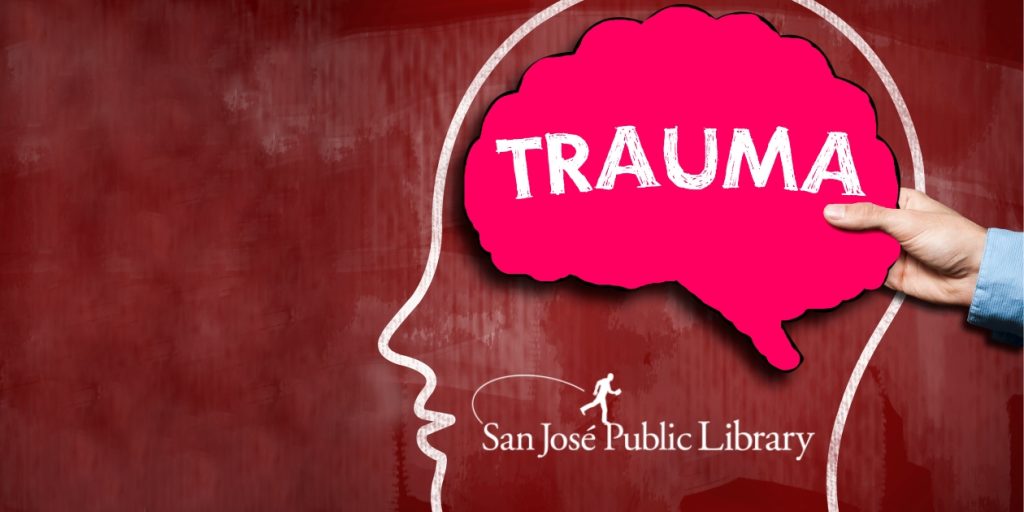
We are constantly moving through transitions on the daily, going from one space or task to another. Navigating these transitions sometimes takes no energy at all. You can take it in stride moving from answering emails, to taking phone calls, jumping into a conversation, reading an article, etc. While other transitions may take more time and energy and emotional labor to set yourself up for the next task. Managing transitions is a unique skill that builds resilience, and, just like any other skill, it requires practice.
Important Note: Folks who are neurodivergent, live with chronic illness or have other physical disabilities, may experience change and transitions differently than others. More time might be needed, or other needs must be met, to successfully transition from one activity to the next. It is possible that additional professional help may be necessary to fully map out what you need to manage the transitions in your life.

We are not born knowing how to move through these moments in our daily lives. Instead, we learned by watching our grown-ups as children and saw how they managed transitions. Children are moving through transitions all the time, which can lead to difficult moments during the day. Going from playing, to mealtimes, to naptimes, to soccer / ballet / swim classes, to getting ready for school, to getting ready for bed, all these moments take energy and emotional regulation. Modeling how we successfully transition from one thing to the next can help our children learn the skills needed to do this on their own. No matter the size of the transition, talking about it ahead of time and planning together can avoid meltdowns and help build resilience, which will help get us through the bigger transitions in our lives.
Know Yourself
Take, for an example, the transition between work and home at the end of the day. What does this transition look like? Do you need time alone to decompress or do you need connection? Maybe you need a snack or maybe a cup of tea or glass of water.
Maybe you’re a Mr. Rogers type and have your favorite inside sweater or slippers you need to get into when you walk in the door. Journaling or meditation can help you further understand and identify what you need in those moments and how best to fulfill those needs. It is then important to communicate these needs to others – spouses, partners, children, friends and family – so they know what to expect and possibly support you during these times. Having unmet needs or not being supported can lead to burn out, resentment, anger, and feeling disconnected with yourself and others. All of these emotions can and will get in the way of managing change and transitions and can keep you from being fully present.
Preparation is Key
For many of us, either with children or attending school ourselves, the transition from summer vacation to back-to-school can be a hectic one. Even if you’ve met this transition before, you may still be taken by surprise: scrambling to secure school supplies and clothes, scheduling doctor visits, attending orientation meetings all the while trying to squeeze in the last of those summer moments. This can leave you and your family starting the new school year already stressed out. Identifying what’s needed and what’s worked in the past, planning and talking with your family will help a great deal in meeting this transition successfully together.
Preparing for the start of school can look like:
- List or talk about the highlights of summer and what you’re looking forward to in the Fall
- Readjusting bedtimes and wake-up times
- Practicing the new routines: eating breakfast, getting dressed, packing lunch, etc.
- Learning the new commute: walking, driving, or taking the bus together will allow everyone to familiarize themselves with what this feels like and looks like
- Scheduling time for favorite activities to connect with one another

For those who don’t have children, Fall can still bring with it a sense of change and transition. We may be coming back from long vacations away and entering back into that work mindset. Maybe where you work you’ve just secured your funding for the new year and you’re ramping up, looking ahead to get solid footing on new projects, planning and setting goals. Are you already detecting shorter days? You might be sensitive to those subtle shifts in our solar journey and fretting the longer nights and limited sunshine.
Preparing for work or seasonal transitions can look like:
- Getting a new notebook or journal
- Readjusting bedtimes
- Reimagining a morning and evening routine
- Integrating seasonal fruits and vegetables into your favorite meals and snacks
- Listing out what to look forward to in the new season
- Making social plans and keeping connected with family and friends
- Talking to a trusted friend or therapist
I’ll be putting all this into practice myself, as I have a little one attending kindergarten at a new school next month. We’ve talked about our feelings of saying goodbye to the friends we had and what it will be like making new friends at our new school. We’ve also talked about what it’ll be like to walk to school, instead of driving. I’m also prepared to stock up on favorite snacks and foods, as well as favorite routines to make the change not so drastic. I know not to expect a completely seamless transition, and talking and planning together will most certainly help.
The Takeaway
Building resilience through things like managing transitions in life make us stronger and better equipped to tackle the truly surprising things that life can bring. Knowing ourselves and our needs and communicating them to others creates a strong foundation and support for when we need it most.
Learn More
Get Ready for Back-to-School with SJPL
Excellence in school begins at San Jose Public Library! Take advantage of ongoing educational programs, online resources, books, and other materials. We also offer free homework clubs and online help from our librarians.
TIROC Blog Series
This blog is part of a series that will focus on being trauma-informed and resilience-oriented as part of the Library's efforts to embrace the TIROC principles in our interactions with you and with ourselves.



Add a comment to: TIROC: Managing Change and Transitions